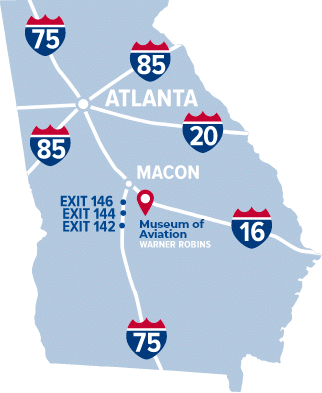Few aircraft are as well-known or were so widely used for so long as the C-47 or Gooney Bird, as it was affectionately nicknamed. The aircraft was adapted from the DC-3 commercial airliner which appeared in 1936. The first C-47s were ordered in 1940, and by the end of WWII 9,348 had been procured for Army Air Force (AAF) use. They carried personnel and cargo, and in a combat role, towed troop-carrying gliders and dropped paratroops into enemy territory.
After WWII, many C-47s remained in USAF service, participating in the Berlin Airlift and other peacetime activities. During the Korean Conflict, C-47s hauled supplies, dropped paratroopers, evacuated wounded and dropped flares for night bombing attacks. In Southeast Asia, the C-47 served again as a transport, but it was also used in a variety of other ways which included flying ground attack (gunship), reconnaissance, and psychological warfare missions.
Warner Robins Air Logistics Center assumed worldwide logistics management responsibility for the C-47 in 1959. The Museum’s C-47 was actually purchased for the U.S. Navy, delivered in November 1944 as an R4D-6, and was retired by the Navy in 1973. It was acquired from the Navy and moved to the Museum in 1984.





